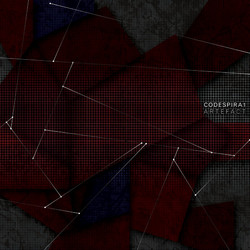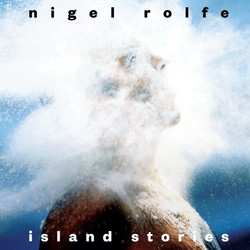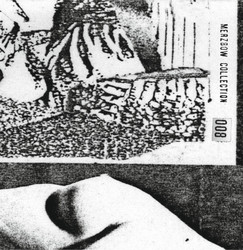**300 copies limited edition** "Ursae Minoris, meaning ‘of Ursa Minor’, is the title of this work because in this album we encounter this constellation not as a singular instance but as an evolution of multiple perspectives to ruminate upon. As our view of the stars changes with time and place, the three movements of this piece each offer a different aural interpretation. While working on his string quartet Perpetuo Motum, Baroni happened upon the diaries of Ciriaco d’Ancona (1391-1455), an Italian humanist, textile trader, and antiquarian. Within these diaries are maps of constellations that d’Ancona used to navigate at sea. He is sometimes called the ‘father of archaeology’ as he was one of the first Europeans to collect objects from ancient cultures systematically. Driven by his curiosity, he decided to depart from southern Italy across the Mediterranean to Egypt, Greece and throughout the Aegean Sea. D’Ancona relied upon Ursa Minor to locate the North Star in these travels. The score of Ursae Minoris is based upon a celestial map centered around Ursa Minor. Using a similar process to one he used in writing Perpetuo Motum, the musical material was determined by a direct ‘transcription’ of the points on this map into predefined variables such as pitch and volume, transforming the stars into musical ‘events’. With the pitch material settled, Baroni explored other musical aspects.
Each movement focuses upon a specific technique of sound production. The first consists of short percussive sounds, especially those produced by tapping the metal end of the bow (called the screw) upon one of the strings. Constantly adjusting the placement of the screw and the length of the string, we are treated to a richly nuanced catalog of these tiny explosions. In the second movement, constant slow glissandi (pitch-sliding along the string) are played up and down on one of the strings as if orbiting around the gravitational pull of its neighboring string, which holds steady to one pitch. The last movement is entirely constructed of one long and shifting bowed tremolo (a shaking of the bow) resembling a trembling comet appearing out of silent space, grazing the ears with a roaring distance and disappearing back into the void.
While his single-minded use of instrumental technique can be uncompromising, Baroni leaves room for spontaneity in other aspects. Continuing the journey metaphor, the score consists of variable paths from which the performer can choose whichever routes and sidetracks they fancy in the moment, rendering each performance unique. Also striking is Baroni’s use of electronics as a way to deepen and refract the natural sounds of the instrument. The subtle use of a loop station gives rise to many layers of the already existing acoustic sound world, expanding it without injecting outside influences. This leaves one quite often wondering if there is just one bassist making all that sound or if there is a sky full of them." - Albert HC Manders
Composition: Claudio F. Baroni
Double bass: Dario Calderone
Recorded and mixed by Dario Calderone and Claudio F. Baroni
Mastered by Micha de Kanter
Liner notes: Albert Manders
Graphic design: Rutger Zuydervelt
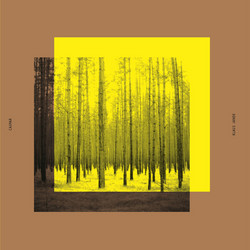



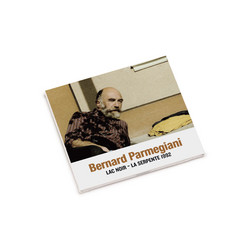
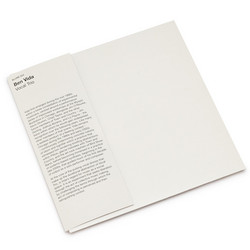


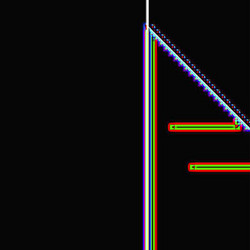


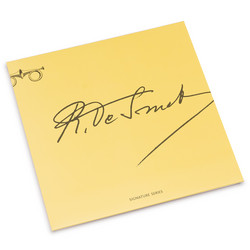

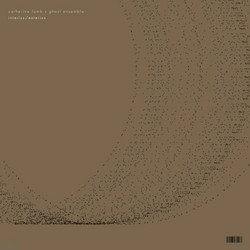

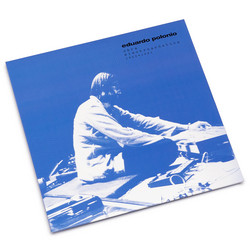
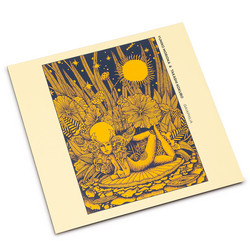

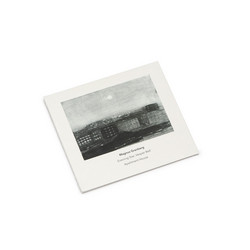
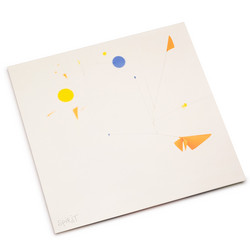
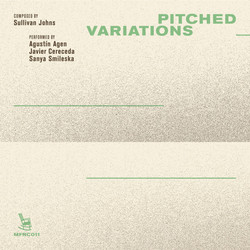

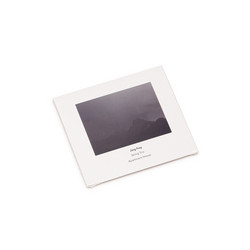
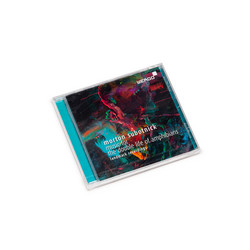


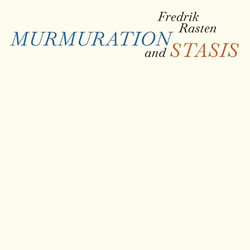
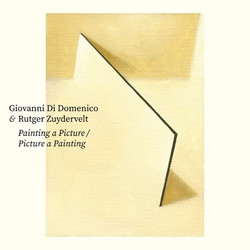
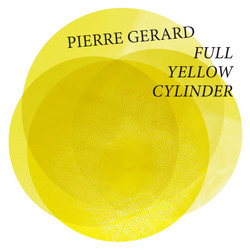
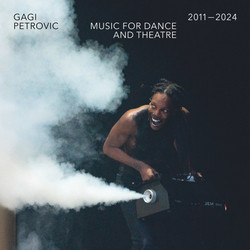

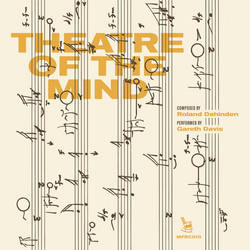
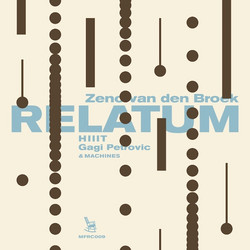
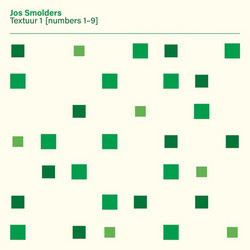

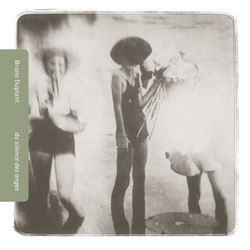
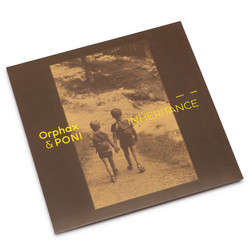
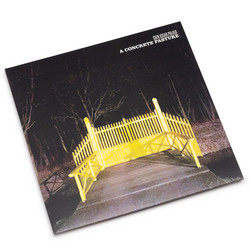

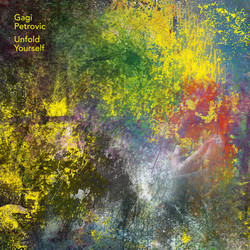
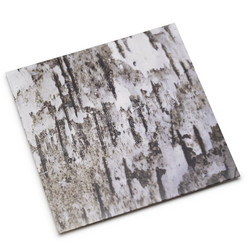


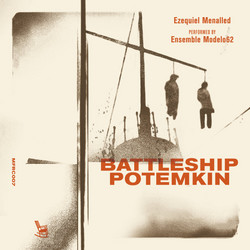
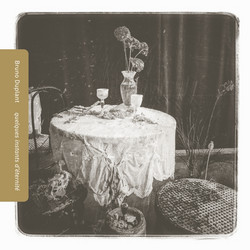
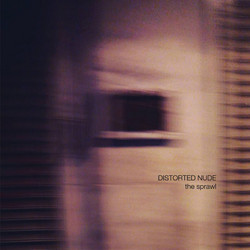

![dp[a] + hsh](https://cdn.soundohm.com/data/products/2022-02/a2879594053_10-jpg.jpg.250.jpg)

